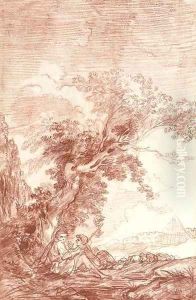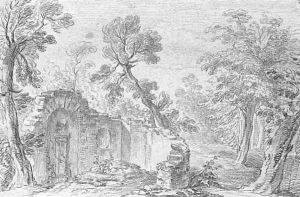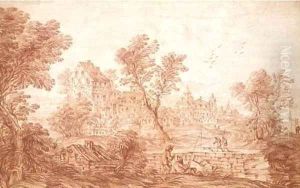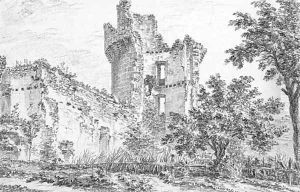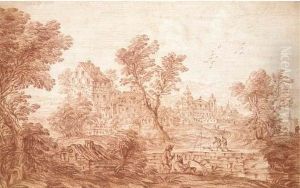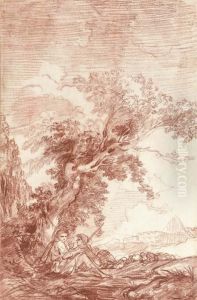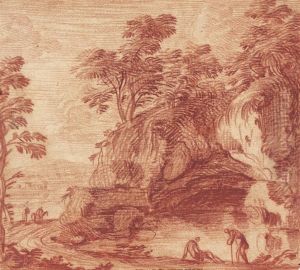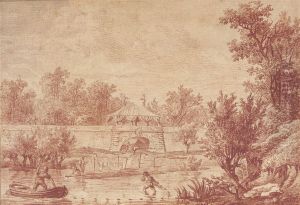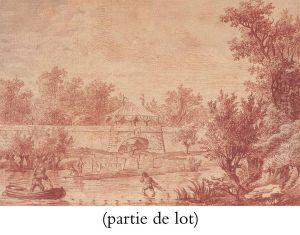Nicolas-Charles De Silvestre Paintings
Nicolas-Charles de Silvestre was a distinguished French artist, born in 1675 in Sceaux, near Paris, into a family deeply entrenched in the arts. His father, Israel Silvestre, was a well-known engraver, ensuring that Nicolas-Charles was immersed in the world of art from a young age. This environment nurtured his talents, and he quickly developed a passion for drawing and painting, leading him to pursue a career in the arts.
De Silvestre's education in art was thorough and comprehensive. He studied under the guidance of prominent artists of his time, including the celebrated French painter Charles Le Brun. His skills and dedication to his craft earned him recognition, and he soon became a respected figure in the French art scene. De Silvestre's artistry was primarily focused on portrait painting and court scenes, capturing the elegance and grandeur of the French aristocracy with a fine attention to detail and composition.
In 1702, de Silvestre's career took a significant turn when he was appointed as a draughtsman to the King of France, Louis XIV. This prestigious position allowed him to work closely with the royal family and the court, providing him with ample opportunities to showcase his talent. His works from this period are characterized by their intricate detail, vibrant colors, and the ability to convey the splendor of the French court. De Silvestre's reputation flourished, and in 1705, he was admitted to the Royal Academy of Painting and Sculpture, an acknowledgment of his contributions to the world of French art.
Throughout his career, Nicolas-Charles de Silvestre remained a dedicated artist, constantly evolving his style and technique. His influence extended beyond France, as he also worked in various courts across Europe, including in Dresden, where he became the court painter. De Silvestre's legacy is preserved through his numerous paintings and drawings, which continue to be celebrated for their historical significance and artistic beauty. He passed away in 1760, leaving behind a rich body of work that offers a glimpse into the opulence and sophistication of 18th-century European society.
